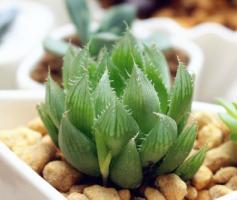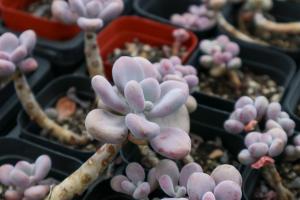Introduction
Whether you are a seasoned gardener or just starting out, understanding the relationship between plants and how they grow together is crucial to the success of your garden. In this article, we will explore the concept of companion planting and discuss which plants grow well together.
Companion Planting
Companion planting is the practice of growing different crops together to gain benefits such as improved soil fertility, pest control, and increased yield. The idea is that certain plants have properties that can either benefit, repel, or attract other plants in their vicinity.
Tomatoes and Basil
Tomatoes and basil are a classic example of companion planting. Not only do they taste delicious when combined in cooking, but they are also beneficial for each other when grown together. Basil repels pests that commonly attack tomatoes, such as spider mites and aphids, while also attracting beneficial insects that prey on pests. Tomatoes, on the other hand, provide shade for basil and help to improve its flavor and growth.
Carrots and Onions
Carrots and onions are another example of companion planting. Onions repel carrot flies, which can damage the roots of carrots, while carrots help to deter onion flies. Additionally, onions have been shown to improve the flavor of carrots when grown together.
Lettuce and Radishes
Lettuce and radishes are also great companions in the garden. Radishes grow quickly and can be harvested before lettuce needs the space, allowing you to make the most of your growing area. Radish roots also loosen up the soil, making it easier for the lettuce to grow, while the lettuce provides shade and helps to keep the soil moist for the radishes.
Cucumbers and Corn
Cucumbers and corn are a less well-known example of companion planting, but they can work together to create a successful garden. Corn provides a trellis for the cucumbers to climb, while cucumbers provide ground cover, helping to retain moisture and suppress weeds. Cucumbers also attract beneficial insects that help to pollinate the corn.
Conclusion
Companion planting is a great way to increase the yield and health of your garden without having to rely on synthetic fertilizers or pesticides. By planting the right crops together, you can create a sustainable and thriving environment for your plants to grow. Consider experimenting with companion planting in your garden to see the benefits for yourself.

 how many times do yo...
how many times do yo... how many planted tre...
how many planted tre... how many pine trees ...
how many pine trees ... how many pecan trees...
how many pecan trees... how many plants comp...
how many plants comp... how many plants can ...
how many plants can ... how many plants and ...
how many plants and ... how many pepper plan...
how many pepper plan...






























